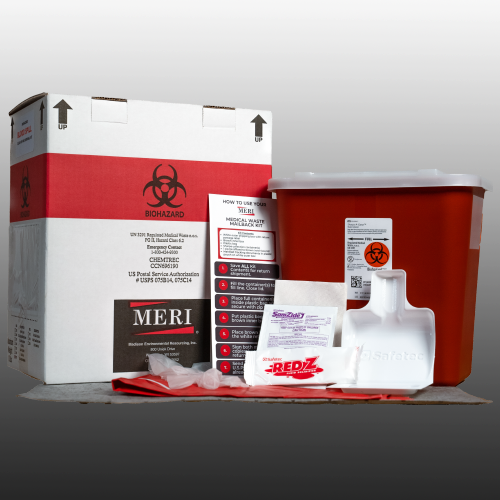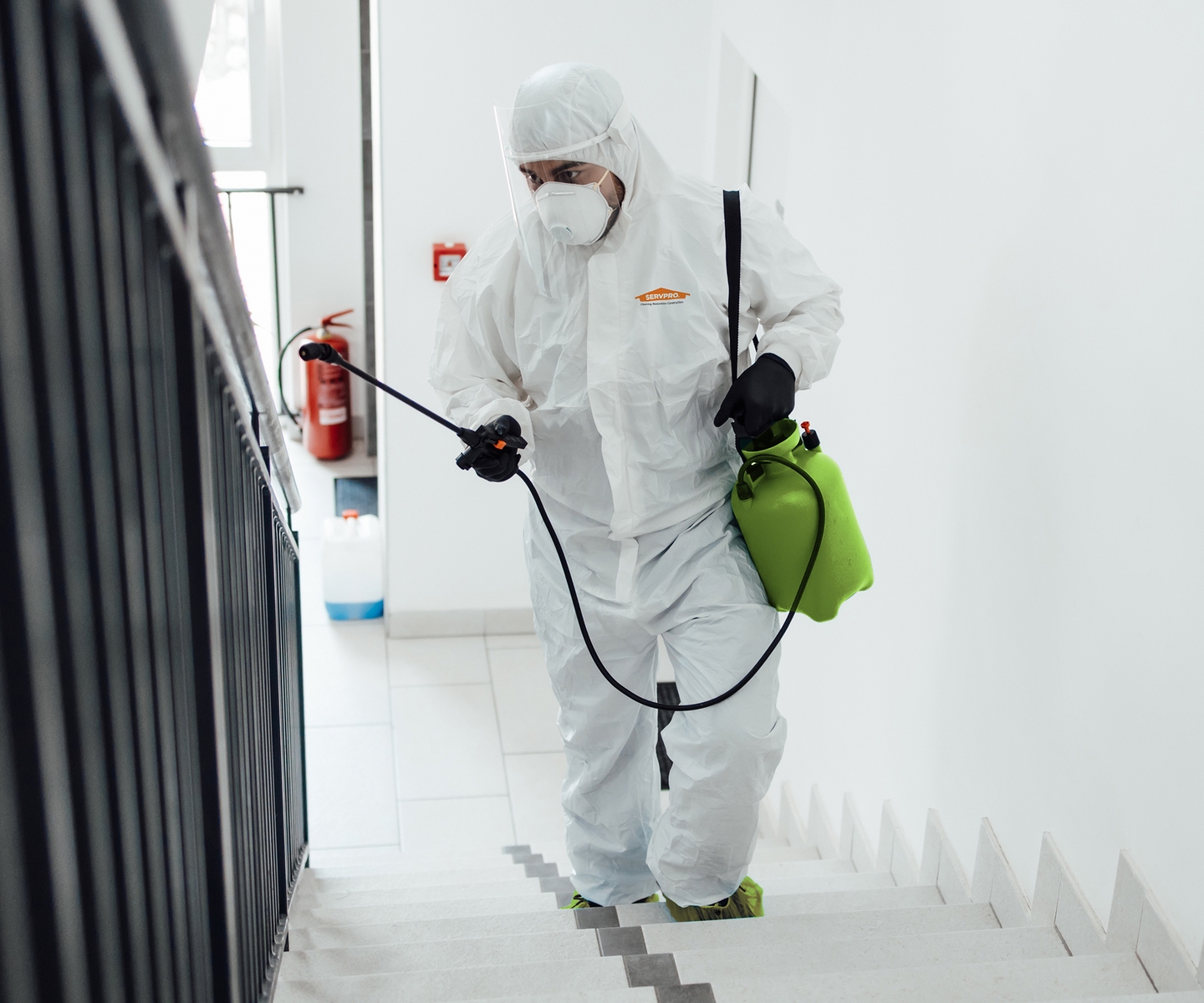Biohazard Removal: Safe Handling and Disposal of Hazardous Products
Biohazard Removal: Safe Handling and Disposal of Hazardous Products
Blog Article
Specialist Biohazard Cleansing and Purification for Blood, Bodily Fluids, and Hazardous Products
In the realm of biohazard cleansing and decontamination for blood, bodily liquids, and harmful materials, accuracy and expertise are extremely important. The prospective health threats connected with exposure to biohazards emphasize the vital need for thorough handling and complete cleanup. Specialized training outfits experts with the understanding and skills essential to deal with these hazardous circumstances effectively. Nonetheless, it is not merely concerning cleaning up; the value of utilizing correct decontamination strategies can not be overstated. As we browse the intricate landscape of biohazard clean-up, recognizing the nuances of guidelines, compliance, and the specialized tools at play becomes critical in making certain a thorough and risk-free purification procedure.
Health And Wellness Dangers of Biohazard Direct Exposure
Direct exposure to biohazards postures substantial wellness risks that can cause severe consequences for individuals and neighborhoods alike. Biohazards include a vast array of organic substances, consisting of blood, physical liquids, mold and mildew, germs, viruses, and other potentially infectious products. When people enter into call with these biohazards, whether with accidents, improper handling, or ecological direct exposure, they deal with the danger of contracting serious diseases or conditions.
One of the primary wellness threats related to biohazard exposure is the transmission of contagious diseases. Bloodborne virus such as HIV, liver disease B and C, and various microorganisms can be existing in biohazardous materials, posing a straight danger to human health. Inhaling airborne biohazards like mold spores or entering into call with polluted surface areas can likewise result in respiratory concerns, allergic reactions, and various other unfavorable health results.
Additionally, biohazard direct exposure can have long-lasting health effects, with some illness manifesting years after the first get in touch with (Blood Cleanup). Therefore, it is important to prioritize proper biohazard cleansing and purification to alleviate these health dangers and ensure the security of people and neighborhoods

Specialized Training for Biohazard Cleaning
When it concerns managing biohazard cleaning efficiently and safely, specialized training plays an essential function in making certain correct decontamination procedures are followed. Biohazard clean-up needs details expertise and skills to effectively reduce dangers connected with bloodborne microorganisms, physical liquids, and harmful products. Experts educated in biohazard cleaning undertake strenuous guideline on just how to securely manage, eliminate, and dispose of biohazardous products to stop contamination and exposure.
Specialized training for biohazard cleaning covers an array of crucial subjects, consisting of appropriate personal protective equipment (PPE) use, bloodborne virus recognition, purification strategies, and contaminated materials disposal methods. Individuals trained in biohazard cleaning are outfitted with the essential competence to examine contamination degrees, determine possible dangers, and execute appropriate cleaning treatments in compliance with regulatory criteria.
Constant training and education are extremely important in the field of biohazard cleanup to stay updated on the most recent decontamination technologies, safety and security methods, and policies. By buying specialized training, biohazard cleaning experts can efficiently respond to emergency situation cleanup situations and safeguard both public wellness and the environment.
Relevance of Appropriate Purification Methods
Using proper purification strategies is important in biohazard cleanup to successfully eliminate harmful materials and lessen health dangers. Reliable decontamination not just ensures the elimination of visible traces of blood, physical liquids, and other biohazards however likewise targets invisible microorganisms that might position severe health risks otherwise properly eliminated. By adhering to rigid purification protocols, trained experts can significantly decrease the danger of direct exposure to dangerous microorganisms, viruses, and germs that can lead to conditions or infections.
Correct decontamination techniques include the usage of customized tools and anti-bacterials that are specifically designed to neutralize biohazards efficiently. Detailed cleansing and sanitation of infected locations are important to avoid the spread of microorganisms and guarantee a risk-free atmosphere for passengers. Furthermore, the appropriate disposal of biohazardous waste complying with purification procedures is important in stopping contamination of various other surfaces or individuals.

Devices and Devices for Safe Cleaning
When dealing with blood, physical fluids, or harmful products, biohazard cleaning experts count on specialized equipment to reduce direct exposure threats and thoroughly decontaminate the damaged area. Additionally, biohazard cleansing packages containing disinfectants, absorptive products, and biohazard bags are made use of to safely get rid of and have of infected items.
Advanced cleaning tools like hospital-grade disinfectants, HEPA-filtered vacuums, and misting equipments are used news to sanitize surfaces and remove biohazards successfully. Specialized tools such as sharps containers and biohazard garbage disposal containers are made use of to securely take care of sharp items and biohazardous waste products. By making use of the appropriate tools and devices, biohazard cleansing specialists can make certain a comprehensive clean-up process that prioritizes safety and minimizes health risks for both workers and occupants of the affected room.
Rules and Conformity in Biohazard Cleansing
Appropriate adherence to guidelines and conformity requirements is critical in biohazard cleaning to make certain the safety and security of both employees and the environment. Government agencies such as OSHA (Occupational Safety and Wellness Management) and the EPA (Epa) have established specific guidelines for biohazard cleaning treatments to decrease wellness threats and environmental contamination. These policies cover a range of facets consisting of the handling, transport, and disposal of biohazardous materials, her comment is here along with the needed training and protective equipment needed for personnel associated with the cleanup procedure.
Biohazard cleaning firms have to stay up-to-date with these guidelines to ensure that their procedures satisfy the required safety and security requirements. Failure to follow these guidelines can result in extreme repercussions, including penalties, lawsuit, and endangering the wellness of individuals and the setting. By complying with stringent guidelines and compliance procedures, biohazard cleaning firms can efficiently minimize dangers and make certain a risk-free and thorough clean-up procedure for all parties entailed.
Conclusion
To conclude, biohazard cleansing and purification call for customized training, appropriate techniques, and adherence to guidelines. Exposure to blood, physical fluids, and harmful products poses substantial health dangers, making it crucial to use the ideal tools and devices for safe clean-up. By complying with rigorous methods and guidelines, professionals can efficiently alleviate the threats related to biohazard exposure and guarantee the security of both themselves and others.
As we browse the complex landscape of biohazard cleaning, recognizing the subtleties of regulations, compliance, and the specialized equipment at play becomes critical in guaranteeing a extensive and secure purification procedure. (Blood Cleanup)
When it comes to managing biohazard clean-up effectively and safely, specialized training plays an essential role in guaranteeing proper decontamination treatments are adhered to.Making use of Get the facts correct purification methods is vital in biohazard clean-up to efficiently get rid of hazardous materials and minimize health risks. In addition, biohazard cleansing kits containing anti-bacterials, absorptive materials, and biohazard bags are used to securely get rid of and consist of of polluted items.
Federal government companies such as OSHA (Occupational Safety and Wellness Administration) and the EPA (Environmental Protection Firm) have developed details guidelines for biohazard cleaning treatments to minimize wellness dangers and ecological contamination.
Report this page